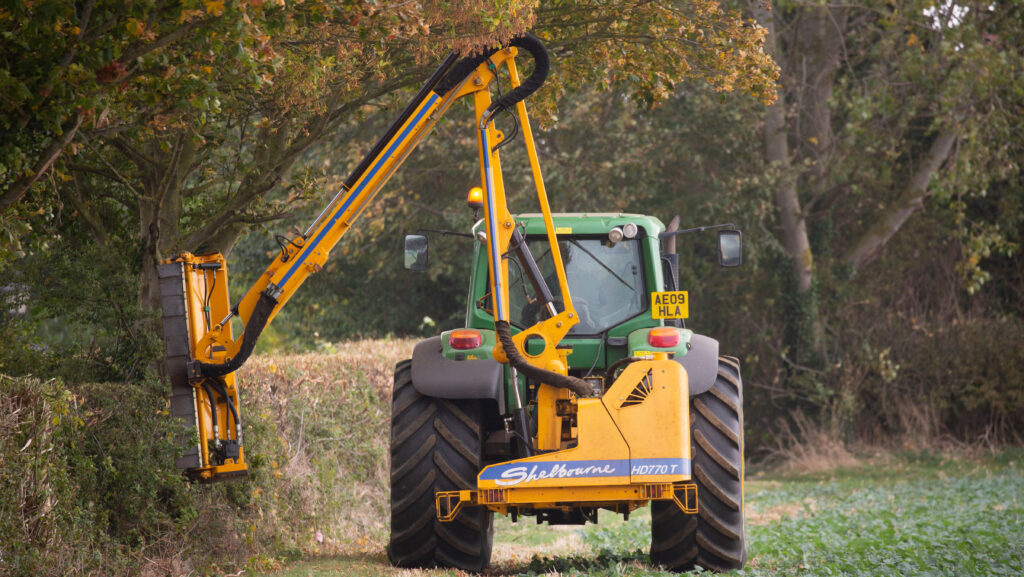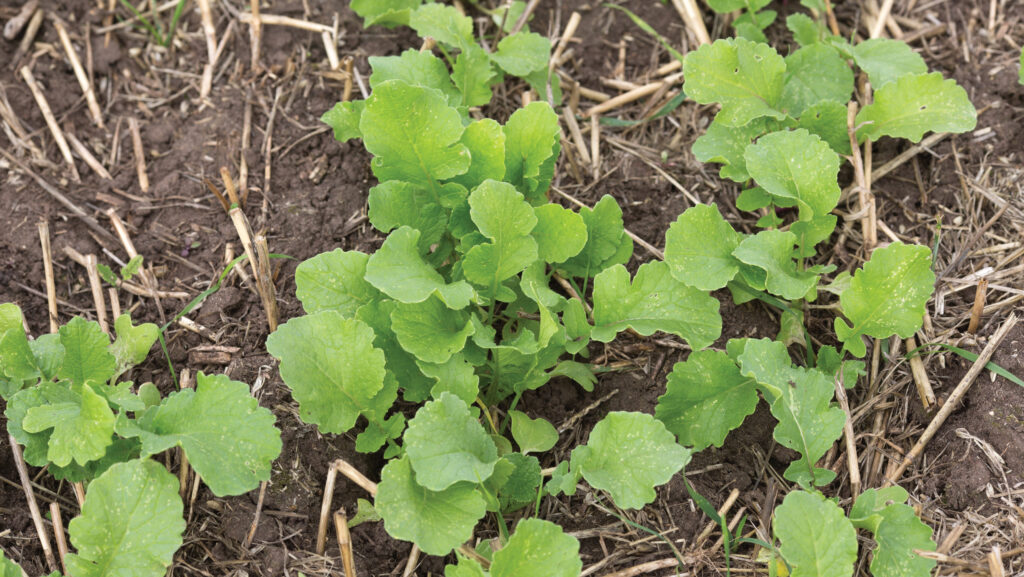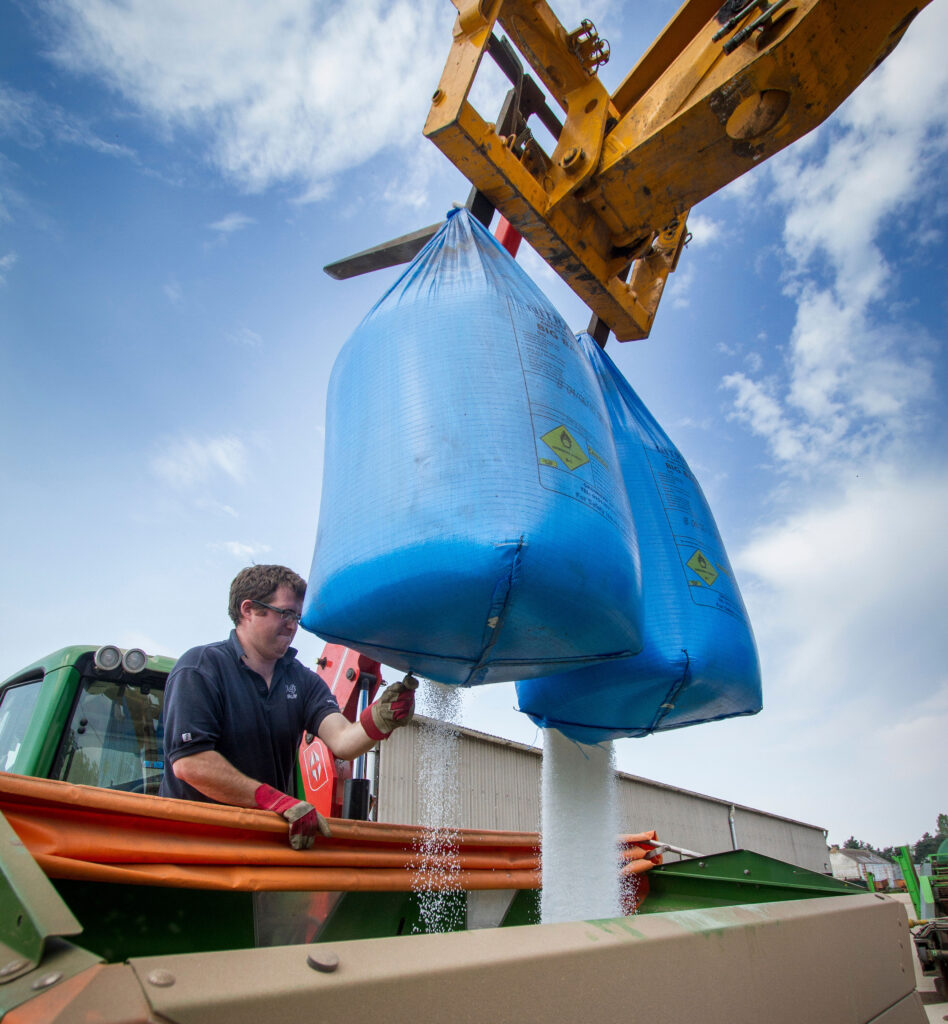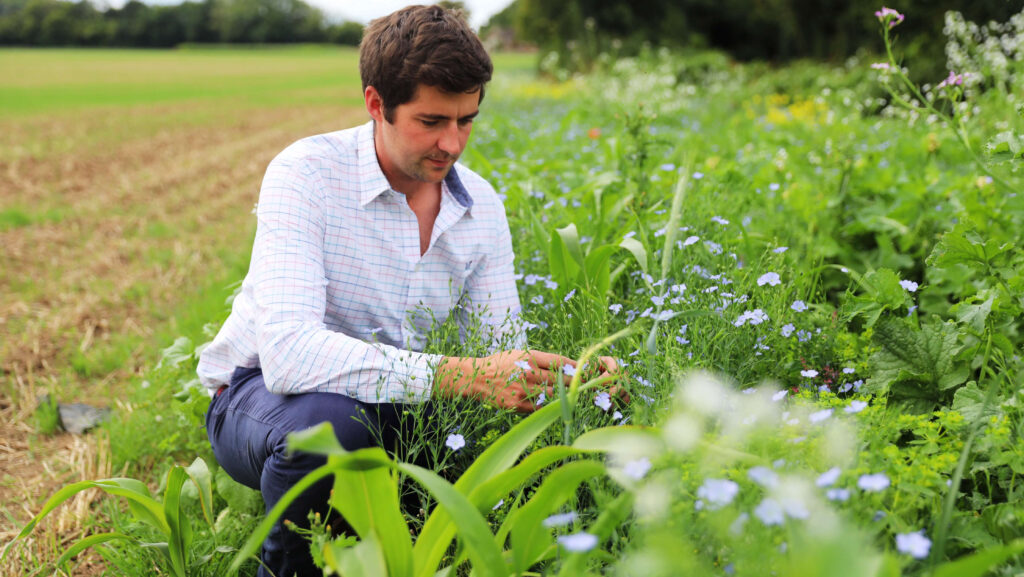New reports reveal arable’s impact on the environment
 © Tim Scrivener
© Tim Scrivener Two new reports are being said to provide a clear roadmap for improving soil health, reducing carbon emissions and supporting biodiversity, while also enabling farm businesses to continue operating profitably.
The first, containing insights into farming’s environmental impact, has been produced by the Soil Association Exchange (SAE) following the first 685 farms to be measured by the whole farm tool.
Representing 235,000ha of farmland, the From Data to Decisions report comes from SAE’s work with 12 industry partners and lead sponsor Lloyds Bank, to help farmers balance environmental sustainability with profitability.
Farms are assessed across six different areas – soil health, biodiversity, animal welfare, water, carbon and social impact – with bespoke farm action plans then being produced for discussion with advisers and implementation at the farm level.
See also: Cereal seed treatments for farmers to consider this autumn
As Joseph Gridley, chief executive of the SAE explains, the tool was set up for three reasons: to address the unfolding climate and nature crisis, to recognise falling farm profitability post-Basic Payment Scheme, and to meet the need for supply and value chain data.
“All farms produce food and environmental outcomes,” he says. “We wanted to show that being more sustainable could be linked to better performance and improved profitability.”
Continuous improvement is the aim, he stresses. “Measuring environmental outcomes is complex and difficult – our message to farmers has been don’t let perfection stand in the way of progress.”
Three years after its introduction, there are now 1,000 farmers using the SAE service to baseline and then start their transition, confirms Joseph.

© Tim Scrivener
More profitable
“Encouragingly, 78% of them say that they are now more profitable. So introducing practices that help make the business more resilient is helping to secure their future and that of the industry,” he explains.
Some 8,551 recommendations have been made by SAE advisers, with 1,267 actions taken up.
The most common conversations were based around soil health, hedgerow management, the use of cover crops and introducing herbal leys.
The main report highlights are:
1. Soils
- Across all of the farms surveyed, soils had an average of 5.74% soil organic matter and 3.34% soil organic carbon
- Livestock enterprises were higher, emphasising the importance of livestock in improved soil health
- The average earthworm count in a soil pit was 5.09 (livestock) and 4.12 (arable).
2. Biodiversity
- Plant life, hedgerows, birds and space for nature were the measurements taken.
- About 28% of the farms measured had given over 10% of the farm to nature, with an average figure of 14.6%
- Of the 1,240km of hedges surveyed, 64% were dense and well managed, but 12% were overtrimmed
- Plant diversity was recorded as 7.98 average grassland species/field parcel and 7.22 average arable species diversity/field parcel
- Exchange farms had an average of 15.9 bird species a farm. Some 18% of birds sighted were amber list and 12% were red list, and there were 701 sightings of skylarks.
3. Carbon
- Of the farms surveyed, the average carbon dioxide equivalent (CO2e) emissions was 5.18/ha
- Average sequestration was 0.093/ha CO2e a year from trees
- The average carbon balance was 4.85/ha CO2e
4. Animal Welfare
- There was a very good performance seen in animal welfare metrics, especially in the dairy sector and in falling antibiotic use
- Dairy – on average, 12.7 cases of lameness and 14.7 cases of clinical mastitis for every 100 cows
- Beef – calves weaned average of 94%
- Sheep – ewe mortality average 4.1%
Initial learnings
- The complexity of farming systems can make environmental measurement hard – a good example is that livestock-based farms have higher carbon emissions, but always score better on soil health
- The power of benchmarking to improve performance shouldn’t be underestimated and can be seen in the animal welfare and antibiotic use, which has been measured for the past 15 years
- The ranges that were found – from very high to very low – shows the opportunity for improvement and what’s possible when baselines are revealed
Lloyds Bank

© Gary Naylor Photography
The second report, Grounded in Evidence, was produced by Lloyds Bank and takes the findings to date and looks at what needs to happen next.
Roughly 84% of the farms that went through the assessment process are Lloyds Banking Group customers, reflecting the bank’s commitment to financing the shift to sustainable farming and developing a pathway for those wanting to thrive.
Feedback from the farms involved has been very positive says Lee Reeves, UK head of agriculture at Lloyds Bank, with 92% of participants recommending it.
Of those taking part, 54% were mixed farms, 23% were arable and 21% livestock.
The top actions adopted by farmers have been to reduce fertiliser use, undertake soil nutrient management, plant some trees and hedges, and widen crop rotations.
Less popular were introducing mob or rotational grazing, adopting minimum or zero tillage, new slurry management facilities and the use of field margins to take land out of production.
To further address the challenges that have been identified, Lloyds is also piloting a new cross-supply chain model for rewarding farmers for practice change, part of the 10-year relationship it has with Soil Association Exchange, reveals Lee.
The pilot will pool funding from a range of supply chain businesses to make payments to farmers.
The bank has also come up with three policy asks for the new government:
- To back a standardised method for measuring a farm’s environmental impact
- To develop and deliver a decarbonisation and nature strategy for agrciculture
- To unblock flows of green finance to farmers
“We recognise that farmers can’t do it all alone,” summarises Lee. “The government and the supply chain have to do their bit too.”
Case Study: James Bray, AB Bray & Son, Compton, Hampshire

© Soil Association
Having already made a number of changes to build in resilience and develop new income streams, Hampshire arable and beef farmer James Bray was keen to see what additional changes the Soil Association Exchange (SAE) measurement tool would highlight.
Introduced to it by Lloyds Bank last year, James found the assessment helpful and has been implementing some of the recommended actions across 502ha of owned and tenanted land near Chichester.
“It was encouraging to see that we are doing the right thing in many areas of the business, but it also flagged up where we could be doing more or how we might think differently about the future,” he says.
As a result of the process and subsequent discussions, herbal leys have become a feature of the farm, as have cover crops based on stubble turnips and forage rape before spring barley.
He has also been improving soil organic matter through more targeted use of farmyard manure and the use of soil testing.
This autumn
Keen to keep moving, this autumn will see the introduction of companion cropping with winter wheat, using either beans or linseed, and a trial of the Bokashi method to improve the nutrient density and availability of the manure.
“We’ve always been open to change,” adds James. “We know what the challenges are – we just need to make the adjustments that work for the business, as well as for the environment.”
An existing Countryside Stewardship agreement at One Hundred Acres Farm means that 10% of the farm is already in pollen and nectar, wild bird food or grassy mixes, with 6m margins around most fields.
“We’ve also been in the Sustainable Farming Incentive (SFI) scheme since 2023, initially in the soils standard,” he reveals.
“The scheme has since changed, so now we are using it to support our cover cropping and use of herbal leys – the latter has helped to improve the protein content of our silage and bring in some drought tolerance.”
The latest SFI 2024 actions to be unveiled mean that he is considering direct drilling in some fields, having purchased a new drill, and will take up the variable rate fertiliser action – something that they are doing on the farm anyway.
Some 600 head of beef cattle are reared each year for ABP, with dairy calves bought in at two weeks old. From six months onwards, all the feed is home-grown.
“Replacing our red clover/ryegrass leys with herbal leys has helped with that – we’re getting 16-17% protein on the silage now and don’t have to buy in any protein.”
Rotation change
Winter barley has been dropped from the rotation and replaced with an SFI cover crop/spring barley combination.
“All of our fields now have something growing in them for 11 months of the year,” points out James.
Otherwise, winter wheat is grown for the biscuit market and maize for the beef enterprise.
Nitrogen use has been falling, helped by the use of manures, the inclusion of legumes and the farm’s average soil organic matter of 8-10%.
“We are reducing inputs wherever possible, without compromising production. A good example of this is where herbal leys are helping to give us a clean entry for winter wheat.”
In addition, the business has diversified into the equine market, with a tenanted livery yard and stud on the farm, and a 5 mile pay-as-you-go cross country course. There is also a small caravan site.
James admits that this year will be a test when it comes to profits, but is optimistic about the future for farming. “Fortunately beef prices are good at the moment.
“Of course, the weather hasn’t made things any easier and cash flows have taken a hit, but farming is a long-term game.
“We know that new market opportunities and income streams are likely to be linked to our environmental performance, so being able to measure it is really important.”

